
Visual Supports are essentially visual aids, including images that are leveraged for interacting with children having linguistic and/or cognitive, developmental impairments. Some of the most frequently used visual aids are drawings, photographs, written texts, objects, and lists.
These not only help children diagnosed with Autism Spectrum Disorder interact better with other children but also significantly improve the efficacy of parent-child communication level. In addition to parents, caregivers can take the help of Visual Supports as well.
CASE is dedicated to the cause of empowering children with autism to experience a significantly normal life by providing unrestricted access to its groundbreaking research.
3 of the greatest challenges that learners with ASD face are:
a) communicating socially,
b) using language meaningfully, and
c) being constricted by repetitive behaviors or limited interests.
Fortunately, Visual Supports can be immensely useful in addressing all these major issues.
A) Children with autism may not be able to interpret social cues while communicating with others as part of their daily routine. They may be incapable of comprehending social expectations, for instance, how to respond to others’ social approaches or how to initiate a conversation. These children on the spectrum also may not understand how to alter their behavior in accordance with non-verbal cues and unspoken social rules.
However, Visual Aids can impart valuable lessons on developing social abilities, helping these children learn how to employ those skills in a myriad of social settings.
B) Learners with ASD often find it challenging to grasp and comply with spoken instructions and may be unable to appropriately voice their needs and wishes.
However, Visual Supports can encourage learners diagnosed with ASD in establishing constructive, suitable means of communication with others. These aids help parents communicate their anticipations in such a manner that any differently-abled child can easily decipher. Studies have substantiated that Visual Supports can do a great job of reducing frustration and are beneficial in alleviating problematic behavior caused by communication disabilities.
C) Some children with ASD may act out or experience anxiety when left in unfamiliar circumstances or when there is a change in their daily routine.
When equipped with Visual Aids, they can better understand what is going to happen next and what to expect. These visual supports enable children on the spectrum to concentrate on vital details while reducing anxiety and empowering them to overcome every communication challenge.
First–Then Board
First-Then boards are essentially Visual Displays for showcasing a highly preferred item of your child where a task less-preferred precedes the desired article. These Visual Supports help children diagnosed with ASD learn how to assimilate new skills and follow instructions.
First-Then boards inspire them to engage in activities they do not like while explaining when they can involve again in what they love doing. These Visual Aids effectively construct the language foundation required for utilizing increasingly complex visual systems while also adhering to instructions comprising of multiple steps.
Visual Schedule
It is a type of graphical illustration of what is scheduled to happen in an entire day or within an activity or a task. A visual schedule helps divide a parent task (complex activity) into several independent routines to ensure that the learner has understood and followed all those child-activities (sub-tasks). It also helps reduce rigidity and anxiety associated with transitions by explaining when specific activities can occur at a specific time or throughout the day.
Establishing Parameters for Visual Settings
Setting parameters means communicating expected behaviors like waiting, and marking clear boundaries around activities or articles by engaging visual supports. Visual demarcation can help children on the spectrum interpret task-based restrictions that they may not understand initially.
For instance, employing stop signage for indicating limits of any given activity or where to stop at any physical location like your backyard. You can also use this also for making your child understand how much he or she could avail of an activity or a substance before it is exhausted.
For instance, stick a “not available” sign on the monitor to communicate the timings when your child should not play on the computer. You can also attach images of 3 juice boxes on your refrigerator and cover or remove one of those pictures every time juice is provided. Making the learner wait for an item that is available but delayed will teach him or her virtues of patience. For instance, pair a stopwatch with a wait card.
As the learner gets more acquainted with their application, diversify potential use-cases and/or the quantum of time your child must wait for activities or items.
CASE works closely with educators and parents, supporting them through continuous curriculum development programs, behaviour management training, organizational support outreach, and home assessment initiatives.
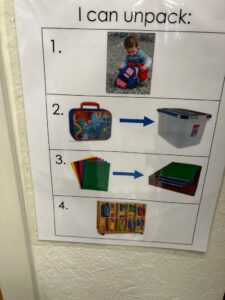
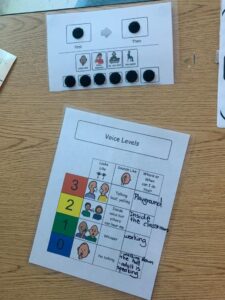
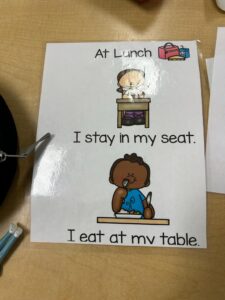
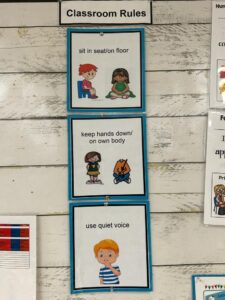
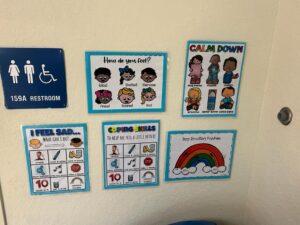
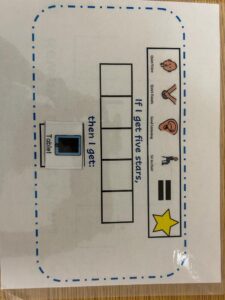
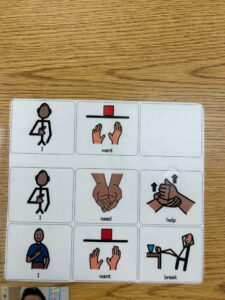
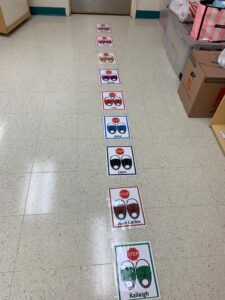
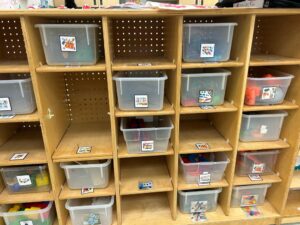


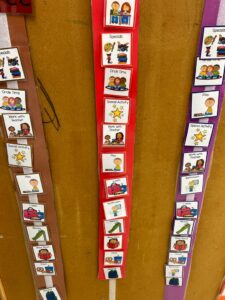
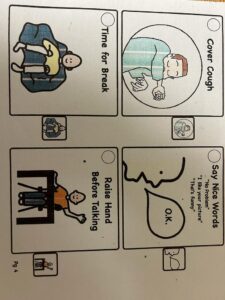

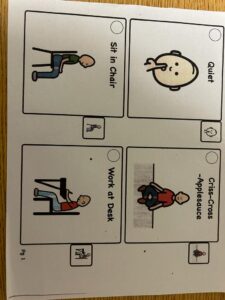
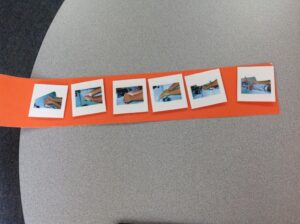


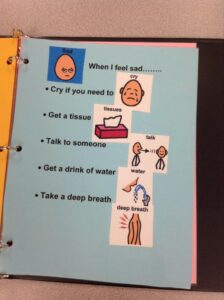
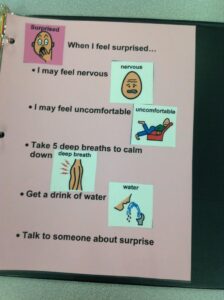
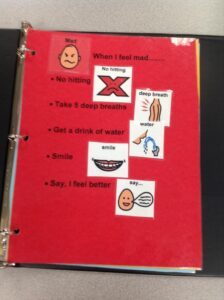
Schedule a consult today or request a call-back now to learn about our complete range of services and products in detail.